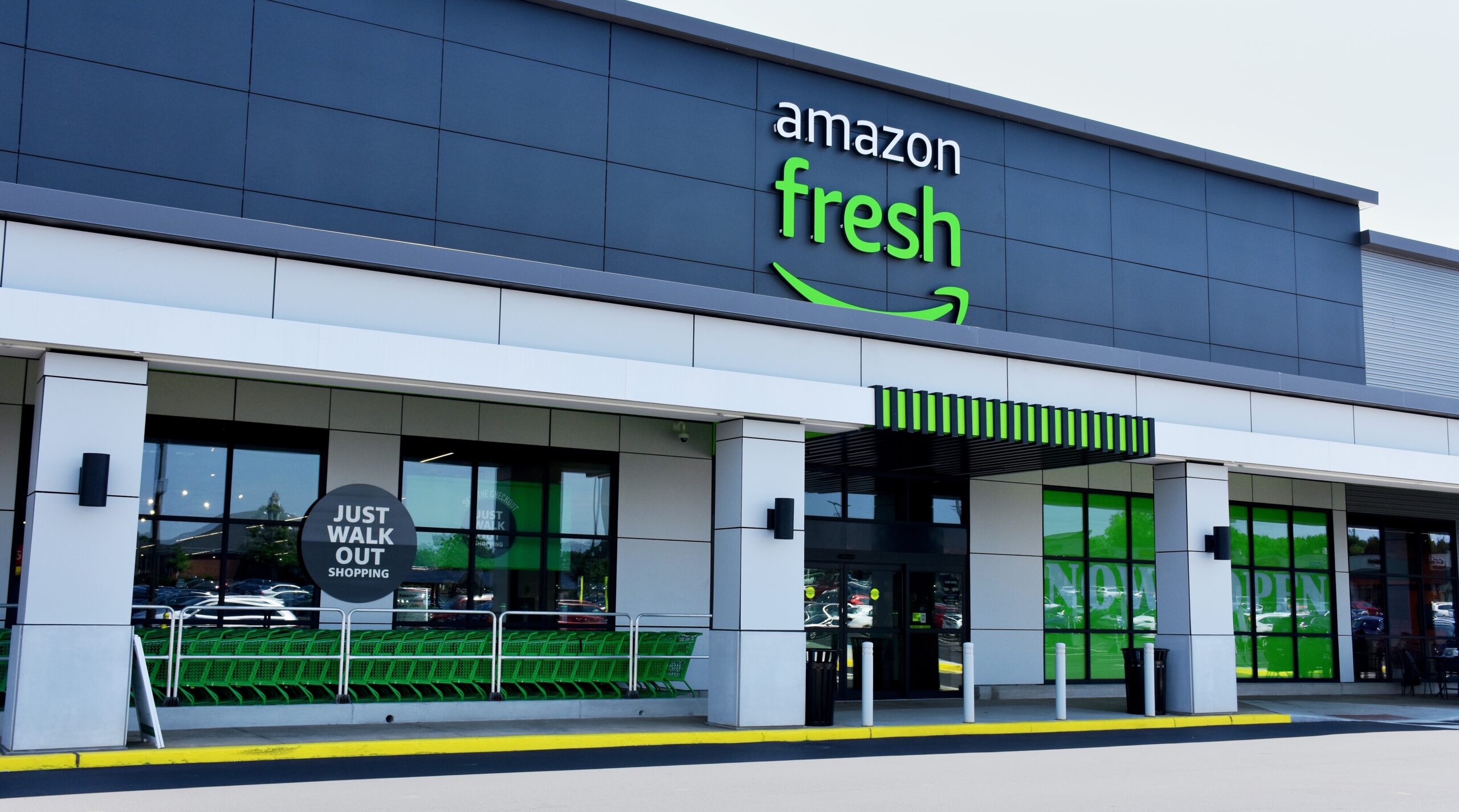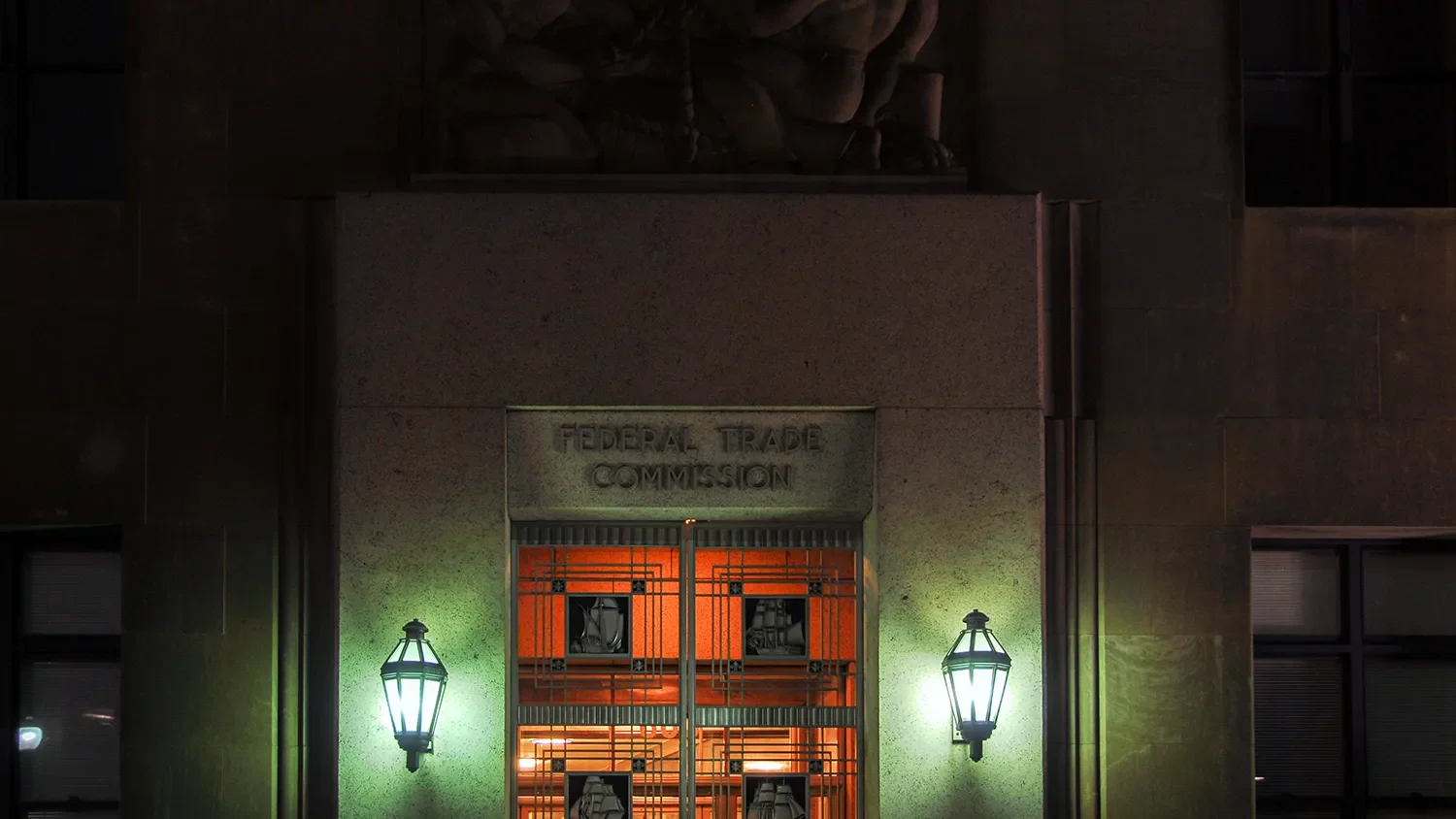Consumers Benefit as Competition in Tech Remains Fierce

In our complicated world, it’s nice to find things that are simple. Competition is one of those simple concepts that most people understand. It’s what keeps companies on their toes and provides consumers with better, faster, cheaper, and more innovative products. Competition is like the whetstone on which ideas and the execution of those ideas are sharpened.
But while competition is simple, identifying it can be complicated. Markets can be opaque, or act in ways that are unintuitive. For example, walk into almost any place where beer is sold and you would think that it’s a competitive market based on the number of brands for sale. But, chances are, most of those brands are owned by MillerCoors or AB InBev. Other times, competition in markets can be far more fierce than it seems. The digital economy, which primarily consists of tech, telecom, and ecommerce, is one of those markets.
It might be a surprise to some that the digital economy remains a heavily competitive industry to this day. A recent Progressive Policy Institute (“PPI”) paper found that the digital economy outperformed “the rest of the non-health private sector on every important economic metric.” From 2007-2017, the digital economy was responsible for almost half of non-health private sector growth. At the same time, the digital economy led a price drop of its goods of 15%, as compared to a price increase of 21% for the rest of the non-health private sector. These are strong signs of competition.
“Online advertising prices have fallen by more than 40 percent since 2010. Cloud computing prices have been falling at 7 percent per year. Real margins in the electronic shopping industry (NAICS 4541) have fallen by 13 percent since 2007, implying increased competitiveness.”
- Competition and Concentration: How the Tech/Telecom/Ecommerce Sector is Outperforming the Rest of the Private Sector
Indeed, Google’s parent company Alphabet just reported a substantial drop in the rates they can charge for advertising due to increased competition. This announcement led to a stock price fall despite posting fourth-quarter results that beat expectations across the board.
The phrase “competition is just a click away” has been commonly used by tech companies to explain how they see their industry. It’s also an internal warning for the companies themselves. Digital markets are growing, but no company seems to have a guaranteed share of that growth regardless of their current position.
PwC estimated that Internet advertising overtook television and print media combined in 2018 – yet prices are falling. The price of Internet advertising has declined more than 40% since 2010, while the price of television advertising has remained flat. Some of this can be explained by supply growing faster than demand – online video viewing grew 91 percent between 2015 and 2017, while ad spend grew 52 percent. But much can also be explained through increasing competition. Streaming services like Hulu and Roku have been gaining in the Internet ad market. There have also been upsets, like dark horse Snapchat who recently switched its advertising sales model to make it cheaper and easier to buy ads. The result is Snapchat has the lowest prices of its peers, and advertisers are taking notice.
Another growing area of competition is in home smart speakers. A recent study shows that almost a quarter of Americans now have at least one smart speaker, many with two or more. While the Amazon Echo has an early advantage, most likely from being an early mover, its continuing lead is not a certainty. Worldwide, there is strong competition coming from China – especially in hardware. There is even a nickname for high value, low priced Chinese audio products: “Chi-fi.” There is also strong competition from Google Home and Apple Homepod, as well as competition for collaborations with speaker companies like Sonos, JBL, Harman Kardon, Bose and more. The result is that quality is up and prices are down. Deloitte attributes much of the growth of the smart speaker market to discounts, and heavy competition has sparked holiday price wars.
Competition in retail is heating up thanks to ecommerce and advances in technology. Walmart is investing in AI to find new savings, and it is getting aggressive on online price matching. Brick-and-mortar giants Walmart and Target are investing heavily on improving their online shopping offerings and innovating customer service options like in-store pickup. The consumer benefits of this competition are substantial, with real margins falling 13% in electronic shopping and 6% in general merchandise since 2007. Walmart is even getting into the grocery delivery business to better drive competition with its online rivals.
It’s not just these industries; competition is thriving in most tech industries including devices, apps, cloud computing, and even education-related tech products. Tech companies have not been able to rest on their past successes, and continue to face pressure to offer better prices, higher quality, and more innovation.








